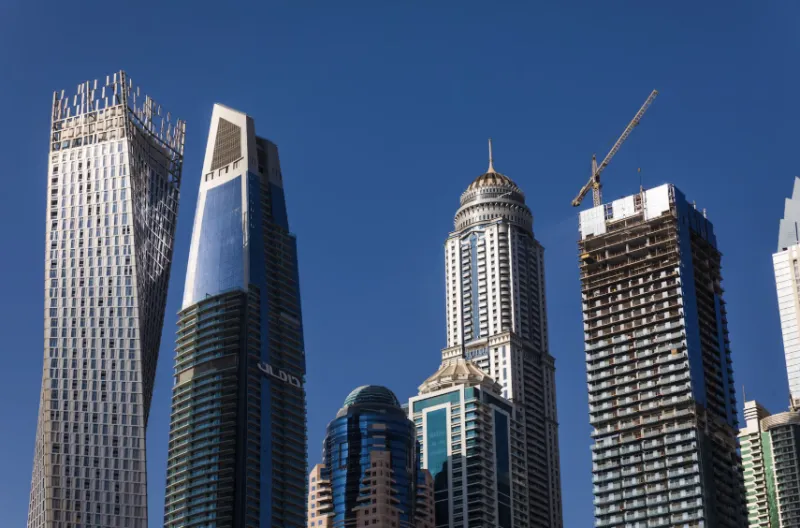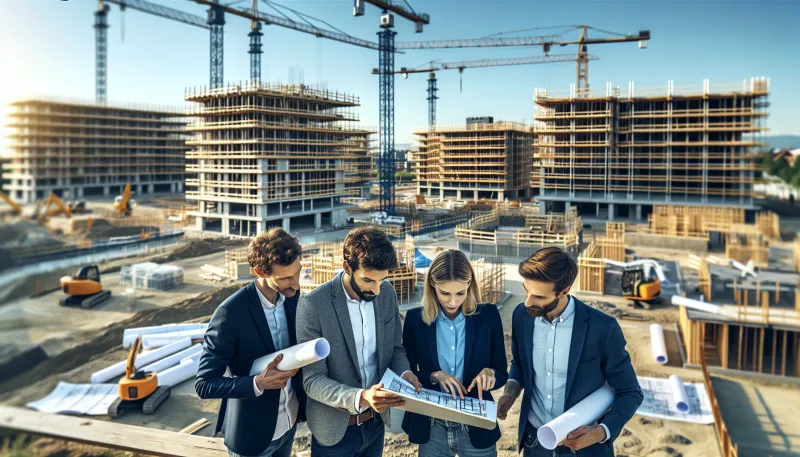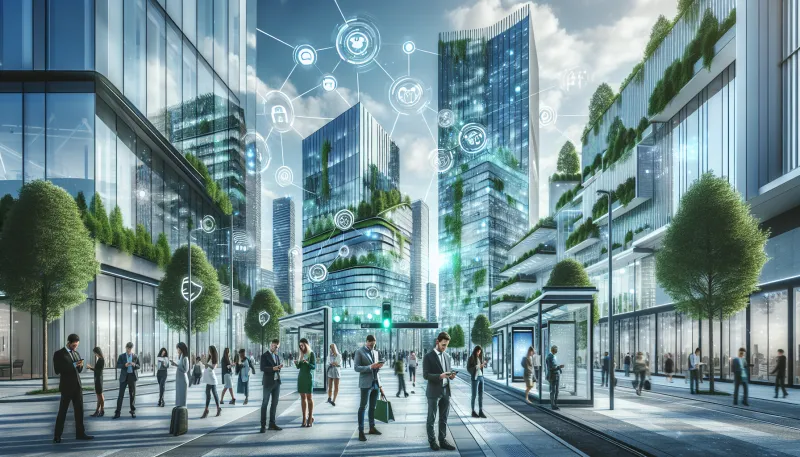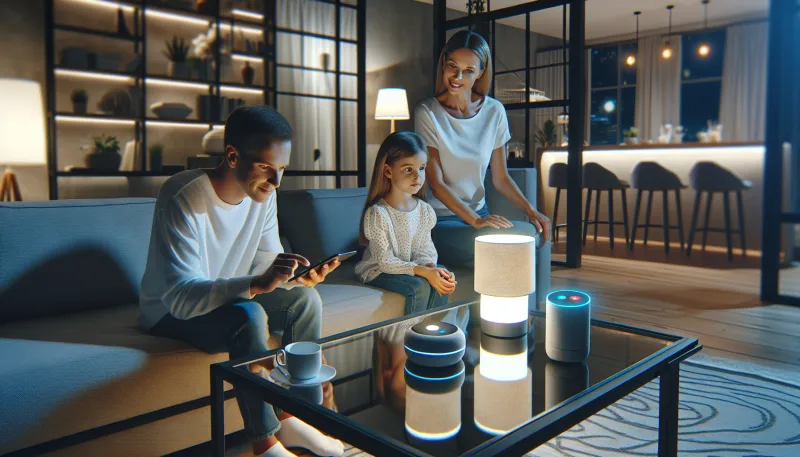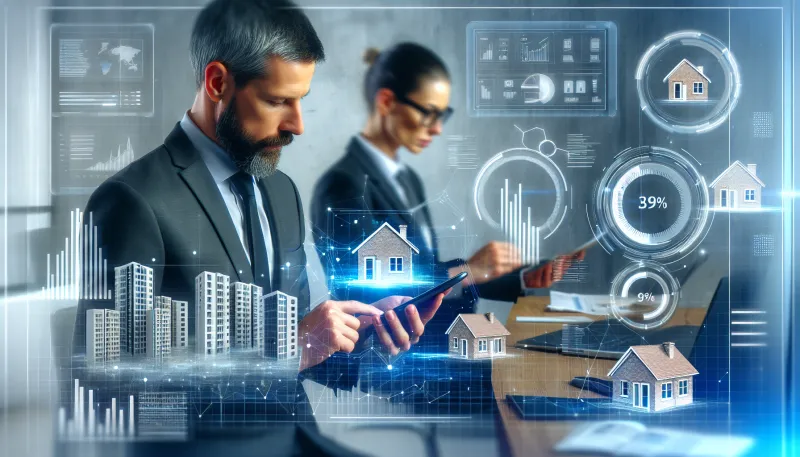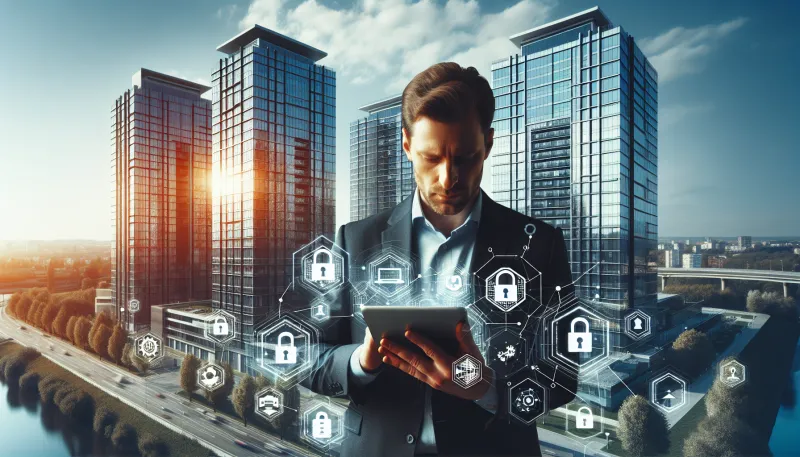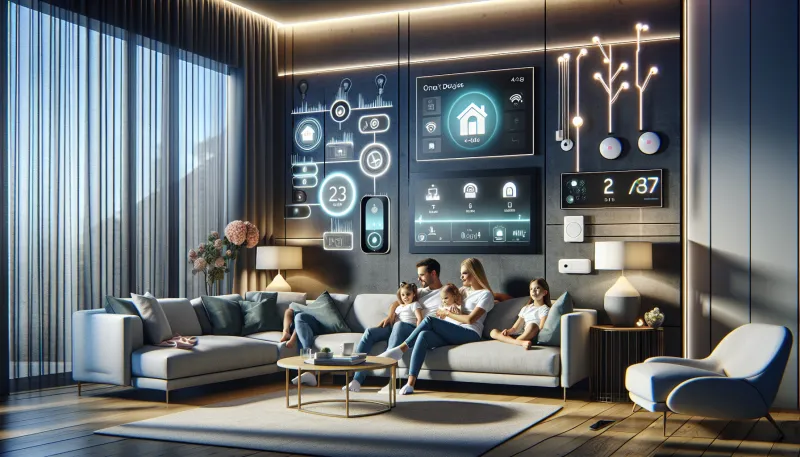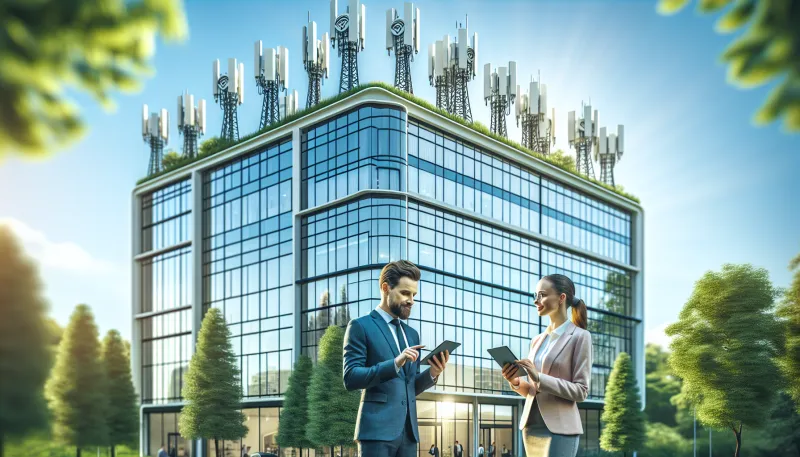
How 5G Will Power the Smart Buildings of Tomorrow
- Enhanced connectivity for massive device integration
- Real-time data analytics and automation
- Improved energy efficiency through smart grids
- Advanced security and surveillance systems
- Supporting augmented reality for maintenance and training
- Enabling occupant-centric building management
- Seamless integration with smart city infrastructure
- Scalability and future-proofing building technology
- Reducing operational costs with predictive maintenance
Enhanced connectivity for massive device integration
Smart buildings depend on a vast network of interconnected devices, such as sensors, cameras, and smart appliances. 5G networks provide the high bandwidth and low latency necessary to support thousands of these devices simultaneously without service degradation. This capability ensures seamless communication between systems and enables real-time data exchange critical for building intelligence.
Real-time data analytics and automation
Thanks to 5G's ultra-low latency, smart buildings can perform real-time analytics on environmental and operational data. This facilitates instantaneous decision-making and automation, such as adjusting HVAC systems based on occupancy or weather conditions, thereby improving comfort and reducing waste.
Improved energy efficiency through smart grids
Integration with smart grids is essential for sustainable building management. 5G enables buildings to communicate efficiently with energy providers, allowing dynamic adjustments to energy consumption patterns and integration of renewable energy sources, leading to significant reductions in energy costs and carbon footprint.
Advanced security and surveillance systems
Security in smart buildings is enhanced through 5G-enabled devices like high-definition cameras and AI-powered monitoring systems. The increased bandwidth supports swift transmission of heavy video data, while low latency allows real-time threat detection and swift response to potential security breaches.
Supporting augmented reality for maintenance and training
5G’s high-speed connection facilitates the use of augmented reality (AR) applications for building maintenance and staff training. AR can overlay useful information directly onto physical components, allowing technicians to perform repairs with remote expert guidance and reducing downtime.
Enabling occupant-centric building management
With 5G connectivity, smart buildings can better respond to individual occupant preferences for lighting, temperature, and workspace configuration. Sensors can track movement and preferences, enabling buildings to adapt environments dynamically and improve occupant satisfaction and productivity.
Seamless integration with smart city infrastructure
5G allows smart buildings to connect with broader smart city ecosystems, sharing data with traffic controls, public safety systems, and utilities. This connectivity fosters more efficient urban management, from optimizing traffic flow to enhancing emergency responses, making buildings active participants in the city’s intelligence.
Scalability and future-proofing building technology
The flexibility and capacity of 5G networks ensure that smart buildings can scale their technology infrastructure as needs evolve. New devices and systems can be integrated with ease, helping buildings remain future-proof and ready to adopt innovations without extensive network overhauls.
Reducing operational costs with predictive maintenance
By leveraging 5G-enabled IoT sensors, smart buildings can implement predictive maintenance strategies. Continuous monitoring detects anomalies early, preventing costly breakdowns and extending the lifespan of critical building systems, ultimately reducing overall operational expenses.
Tommy is a property-passionate journalist who covers the forces shaping housing and the built environment. With a data-driven approach and a reporter’s curiosity, he writes on market cycles, urban development, PropTech, and policy—always connecting numbers to everyday lives. [Name]’s work blends clear analysis with on-the-ground reporting to help readers navigate trends, opportunities, and risks across residential and commercial real estate.

